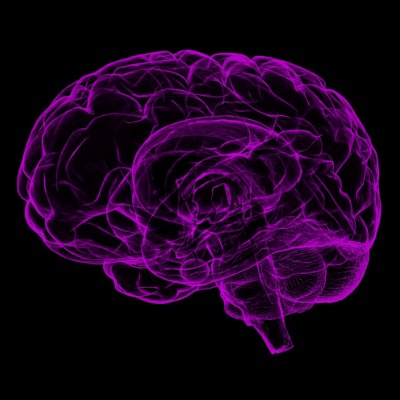
As we advance our understanding of cancers such as gliomas, one thing is very clear. Cancers are highly variable. Even cancers of the same type (i.e. glioma) are not exactly the same in different patients. This variation poses a great challenge to the development of more efficient cancer treatments. Glioma is cancer of glial cells in the brain. Glial cells act as caretakers of nerve cells (neurons). Currently, almost all glioma patients receive the same treatment regimen, which includes temozolomide (TMZ)--a chemotherapy agent. Recent research by Longtao Wu and colleagues at the University of Chicago demonstrated in patient-derived cells that the activity of an anti-death protein, BCL-3, can predictor of response to TMZ treatment in all gliomas, and that an inhibitor of a protein downstream of BCL-3 can allow TMZ therapy to work again. Interestingly, the drug that restores responses - acetazolamide - is already approved to treat altitude sickness and other conditions.
This study is particularly exciting for two reasons. First, the it shows the value of investigating the molecular basis for the variation seen in patient responses. As more treatment options are developed, the next logical step is to use genetic and molecular markers of individual patients to design a personalized treatment regimen. Second, the study demonstrates the possibility of overcoming drug resistance by uncovering the underlying molecular mechanism.
